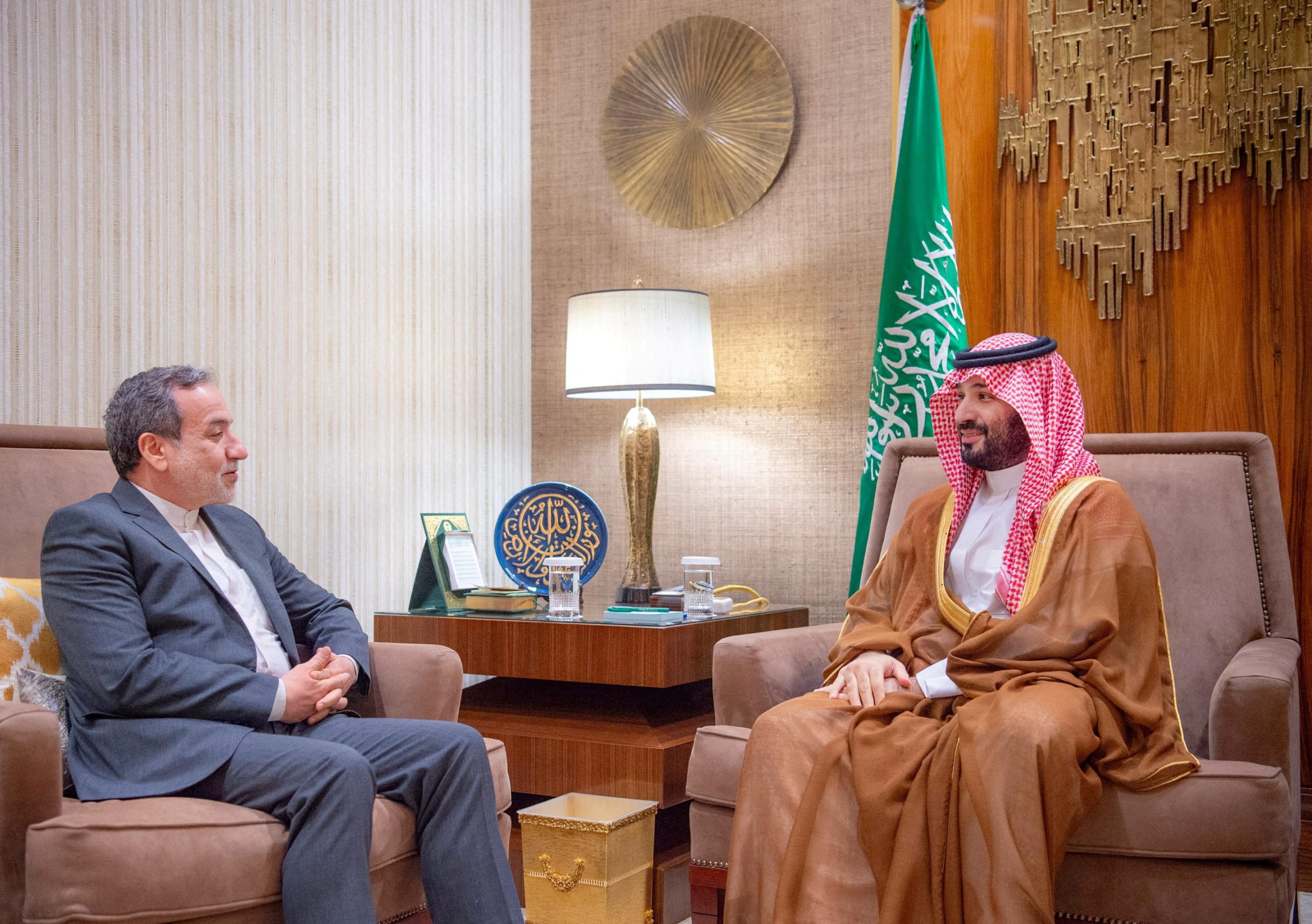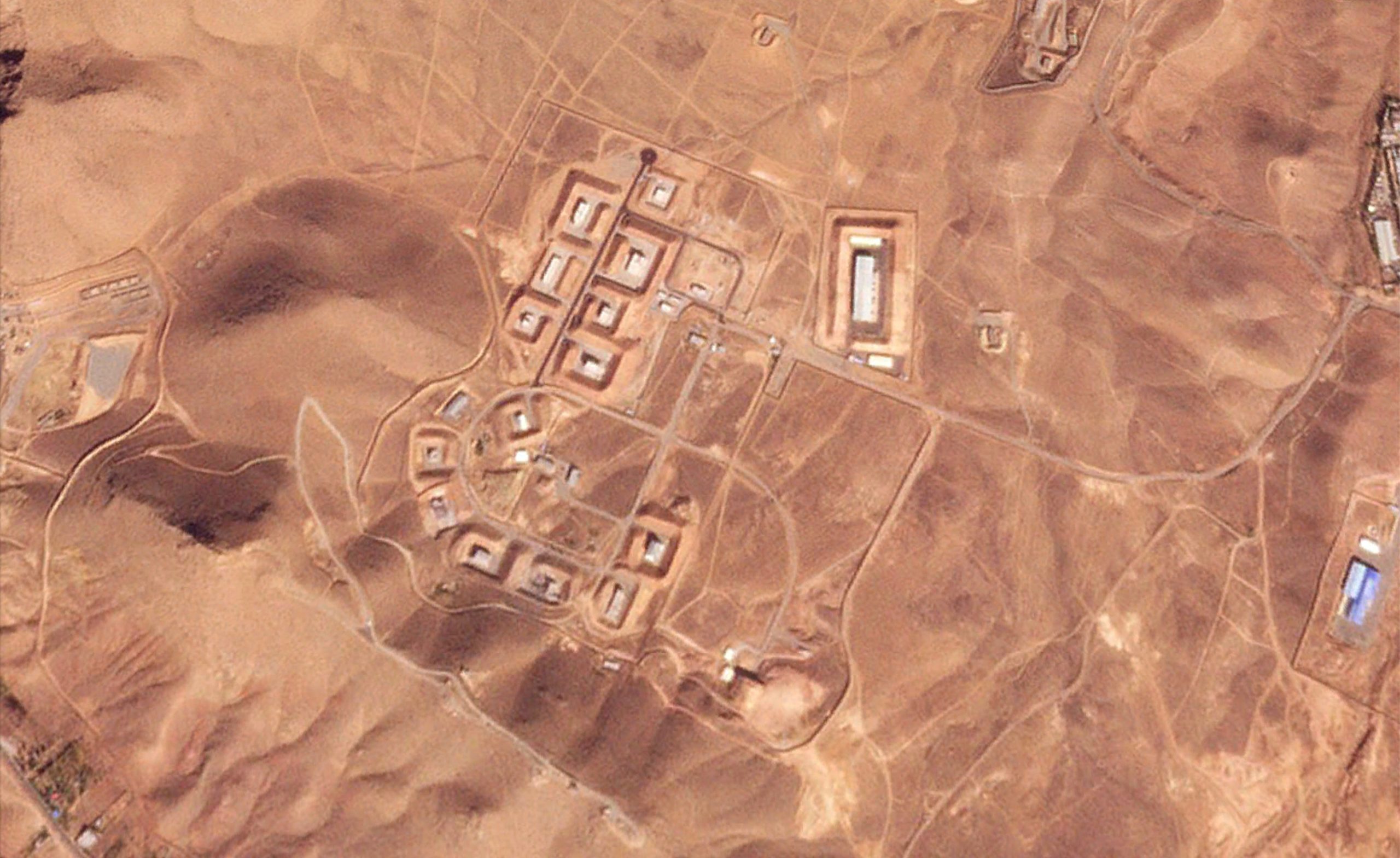In a development shaking up Middle Eastern alliances, Saudi Arabia and Iran have planned a joint military exercise in the Red Sea, raising eyebrows around the world. This proposal, originating from Saudi Arabia, has put a spotlight on the kingdom’s evolving defense strategy and growing independence from longstanding alliances, particularly with the United States.
Historically, Saudi Arabia has been one of Washington’s closest allies in the region, solidified through an “oil for security” relationship that benefitted both countries. U.S. arms fueled Saudi defenses, while Saudi oil ensured stable global markets. However, recent years have strained this relationship. The U.S. has increasingly focused on “offshore balancing,” prioritizing a more hands-off approach in the Middle East. This gradual retreat has left Saudi Arabia feeling exposed, facing regional security threats that challenge the limits of U.S. commitments.
Recent moves toward regional peace have transformed alliances in the Middle East. In a surprising twist earlier this year, Saudi Arabia normalized relations with Iran—its historical rival—under Chinese mediation. This marked a turning point for Saudi strategy, emphasizing regional stability through dialogue rather than a reliance on Western military support.
Since that reconciliation, the security landscape for Saudi Arabia has noticeably improved. The kingdom’s tense border skirmishes with Yemen’s Houthi rebels have dwindled, and critical infrastructure has faced fewer threats from cross-border attacks. Now, by initiating a joint military drill with Iran, Saudi Arabia is broadcasting a powerful signal: it is shifting towards strategic independence.
The choice of the Red Sea for these exercises is loaded with significance. As one of the world’s busiest shipping lanes, the Red Sea is essential for global trade and stability. But recent tensions have added peril to these waters. Following escalations in the Israeli-Palestinian conflict, Yemen’s Houthi rebels—closely aligned with Iran—have launched attacks on commercial vessels with Israeli destinations. This ongoing Houthi aggression has highlighted the instability that looms over the Red Sea region, forcing Saudi Arabia to take a stand.
By bringing Iran into joint drills, Saudi Arabia aims to send a firm message on maintaining Red Sea security. Iran’s support of the Houthis has often put it at odds with Saudi interests, but a direct partnership between the two countries in securing these waters could symbolize a new alignment. For Saudi Arabia, the focus on stabilizing the Red Sea reflects a commitment to address regional threats head-on, rather than avoid them.
The Red Sea exercises underline a broader goal as well: to demonstrate that regional powers can self-manage their own security concerns, steering away from reliance on external superpowers. Saudi Arabia’s assertive role in proposing these drills indicates it may be recalibrating its security priorities, embracing peace and cooperation over Western-backed military dominance.
This move challenges the conventional order. By aligning with Iran for a joint Red Sea exercise, Saudi Arabia underscores a shared interest in preventing non-state groups, like the Houthis, from disrupting crucial international waters. The exercise also represents a reconfiguration of the Middle Eastern security architecture, where Saudi Arabia and Iran signal their resolve to maintain the Red Sea as a conflict-free zone, aiming to rebuild international confidence in the region’s stability.
In an increasingly multipolar world, Saudi Arabia’s actions send a strong message: the kingdom is carving a path of strategic autonomy. This joint exercise with Iran serves as a reminder that the Middle East is evolving, and long-held assumptions about alliances and rivalries are being rewritten. Will this initiative spur a lasting peace in one of the world’s most volatile regions, or will it simply mark a new chapter in the shifting sands of Middle Eastern politics?
Sources for this article include: China Military Online, china.com.cn.














